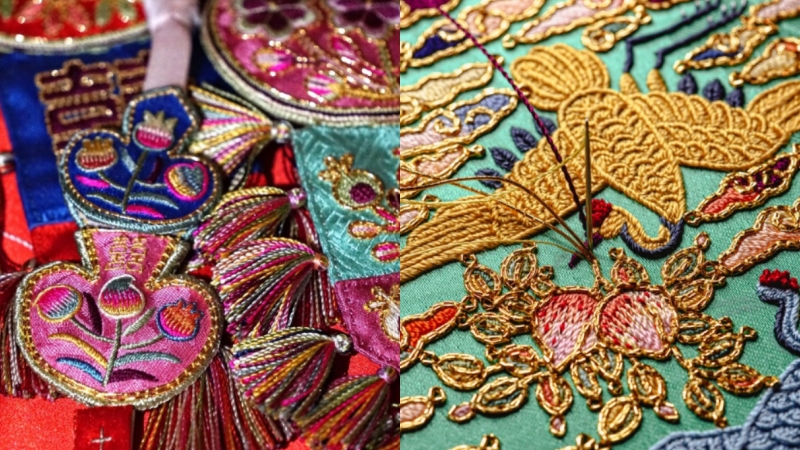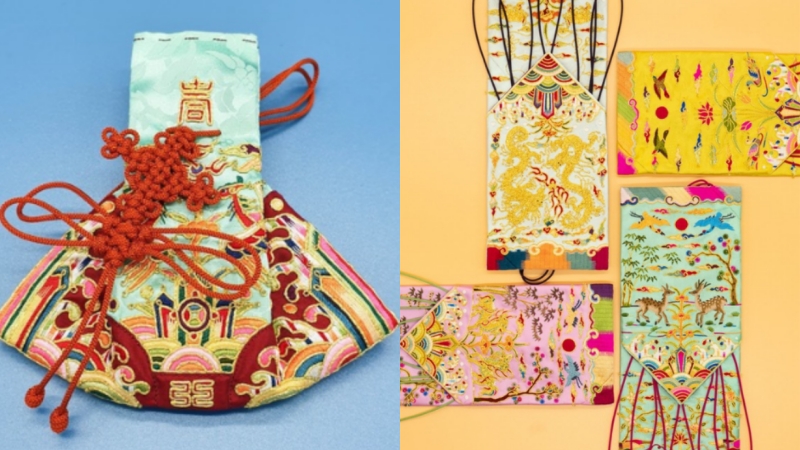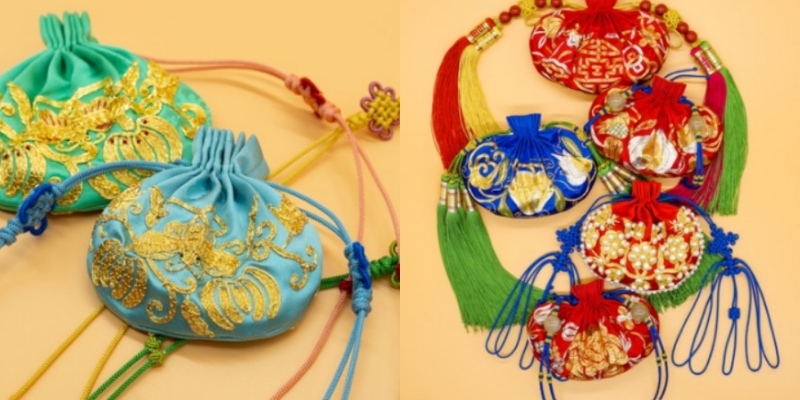- 한국어
- English
- 日本語
- 中文
- العربية
- Español
- Français
- Deutsch
- Pусский
- Tiếng Việt
- Indonesian
By Honorary Reporter Debolina Ghosh from India
Photos = Jo Hee-hwa
Jo Hee-hwa is an award-winning artist specializing in traditional embroidery.
Born in Incheon and based in Seoul, she operates studios in Edinburgh and London and offers workshops. Since 2016, she has devoted herself full time to embroidery, and her work has been showcased globally at events such as Homo Faber in Venice and the Craft Trend Fair in Seoul.
Receiving honors including the Sulwhasoo Visual Art Grant and awards from Korea's leading handicraft and art exhibitions, she is redefining the narrative of her country's traditional embroidery on the world stage through her work, publications and education.

Examples of Jo Hee-hwa embroidery work
The following are excerpts from an email interview with Jo between May 20 and July 10.
What inspired you to become an embroidery artist?
I feel like I'm genetically drawn to create things with my hands, a passion my mother sparked early on by introducing me to painting, handicrafts and fashion. Drawing and sewing have been lifelong passions that have accompanied me throughout my life, leading me to where I am today.
How did you learn traditional Korean embroidery?
My interest in Korean tradition and culture led me to pursue embroidery in the traditional Korean style. I began teaching myself embroidery and later completed a three-year course with an embroidery master at a school sponsored by the Korean government.
How do you incorporate traditional culture and historical elements into your work?
I deeply integrate every aspect of Korean embroidery into my work, from techniques and materials to designs, colors and the symbolic meanings of motifs. I often blend traditional and historical elements with personal and contemporary ideas. For instance, I might use an original design of my own to showcase traditional embroidery techniques. I like to follow the traditional approach to symbols and their meanings.

Handmade traditional pouches made with silk and golden thread
What fabrics and designs do you use in your embroidery pieces?
Distinct materials are used in Korean embroidery such as twisted silk threads and traditional silk fabrics. The delicate sheen of silk and the texture of the twisted threads create a distinctive look that sets it apart from other Asian embroidery traditions. Designs often feature symbolic motifs like jangsaengmun (longevity) and gilsangmun (auspiciousness).
What workshops or classes on your craft do you offer?
I used to run a studio and teach in Seoul. Now based in London, I occasionally offer workshops and online classes. My first tutorial book on Korean embroidery was published in 2020, and my second is set to come out by early 2026. I'm also planning to write a version in English soon.

More examples of Jo Hee-hwa's work
What upcoming exhibitions or designer pieces you are excited about?
I'll be holding a duo exhibition in October in Brighton with Sara Cook, a British artist who practices her own style of bojagi (traditional wrapping cloth), focusing on contemporary Korean textile art. I'll also be sharing my work globally through exhibitions, collaborations and workshops this year and the next.
msjeon22@korea.kr
*This article is written by a Korea.net Honorary Reporter. Our group of Honorary Reporters are from all around the world, and they share with Korea.net their love and passion for all things Korean.